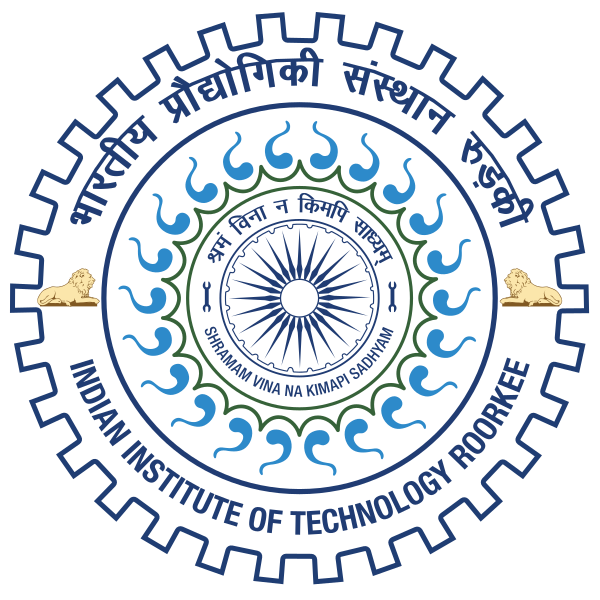Please use this identifier to cite or link to this item:
http://localhost:8081/jspui/handle/123456789/18411| Title: | PROFILING ANTIBIOTIC RESISTANCE ON THE STRETCH OF YAMUNA RIVER |
| Authors: | Giri, Ojash |
| Issue Date: | Jun-2024 |
| Publisher: | IIT, Roorkee |
| Abstract: | This study analyzes the impact of urban and industrial waste on the distribution of antimicrobial resistance (AMR) along the Yamuna River, with an emphasis on detecting patterns of antibiotic resistance genes (ARGs) in the river's surface water and sediment. Sample collection was carried out across 13 distinct locations along the river during the summer season to evaluate the presence of ARGs, especially focusing on genes associated with resistance to widely used antibiotics such as tetracycline (tetW), sulfonamides (sul1, sul2), as well as integrase genes (intI) and emrF related to mobile genetic elements. Surface water samples exhibited ARG concentrations mostly for sul2, sul1, and intI1, whereas sediment samples were most impacted by sul1 and sul2, indicating a variable distribution dependent on environmental the network. The greatest numbers of ARGs were identified in locations with extensive urban and industrial waste inputs including Nizamuddin, Mathura, Ethawa and Agra City highlighting the effect of anthropogenic causes on the spread of AMR. The study of metal concentrations in surface water samples collected from the river indicates high levels of contamination. The concentrations of Cd, Mg, Mn, Ni, Zn, and Pb were consistently stable along the whole course of the river, especially at industrial and urban locations such as Okhla Barrage, Sahadra, and Agra U/S. Upstream sites, such as Dak Patthar, exhibited lower metal concentrations in sediment samples, indicating a lesser level of pollution. Conversely, downstream sites like Agra D/S and Mathura D/S displayed higher levels of metals, showing the accumulation of pollutants downstream. The data on antibiotics and heavy metals, when correlated with antibiotic resistance genes (ARGs), exhibited weak associations. Sulfamethoxazole exhibited a positive connection with both sul1 and sul2. Positive association between ARG’s like sul1 sul2, intI1 and certain antibiotic indicate potential co-selection. The results suggest that the Yamuna River is heavily contaminated with antibiotic resistance genes (ARGs) arising from urban wastewater, unclean sewage, and industrial waste products. Antibiotics and metals further exacerbate this situation by increasing ARGs. The report highlights the immediate need for better wastewater treatment, restricted constraints on industrial effluents, and the use of best agricultural practices to decrease antimicrobial resistance (AMR). |
| URI: | http://localhost:8081/jspui/handle/123456789/18411 |
| Research Supervisor/ Guide: | Singh, Gargi |
| metadata.dc.type: | Dissertations |
| Appears in Collections: | MASTERS' THESES (Civil Engg) |
Files in This Item:
| File | Description | Size | Format | |
|---|---|---|---|---|
| 22519008_OJASH GIRI.pdf | 2.15 MB | Adobe PDF | View/Open |
Items in DSpace are protected by copyright, with all rights reserved, unless otherwise indicated.

